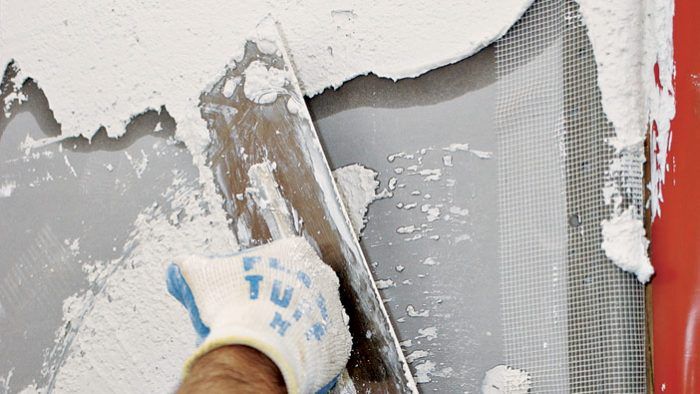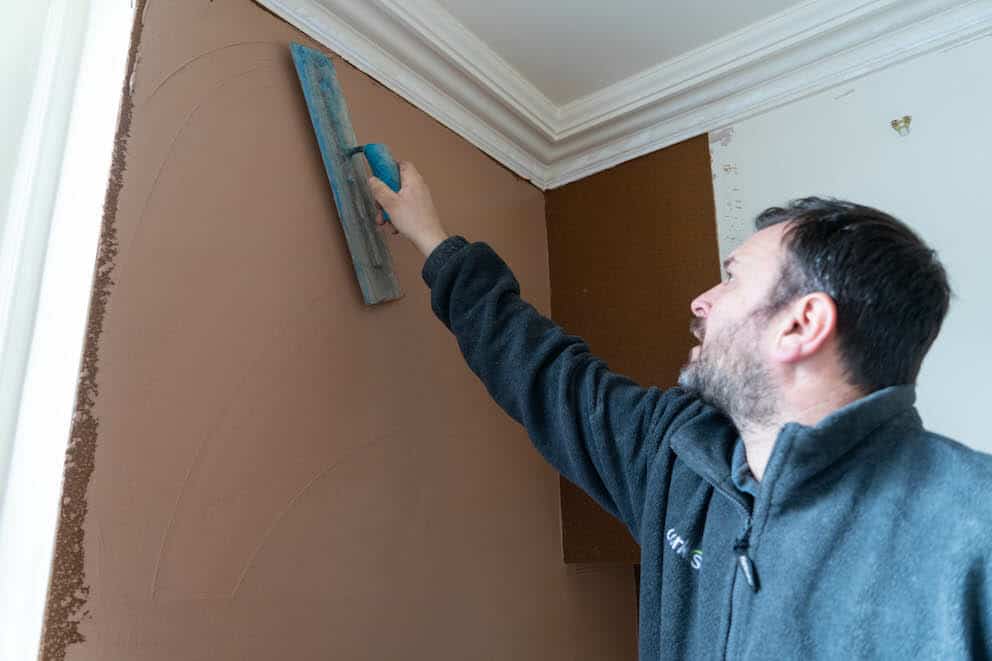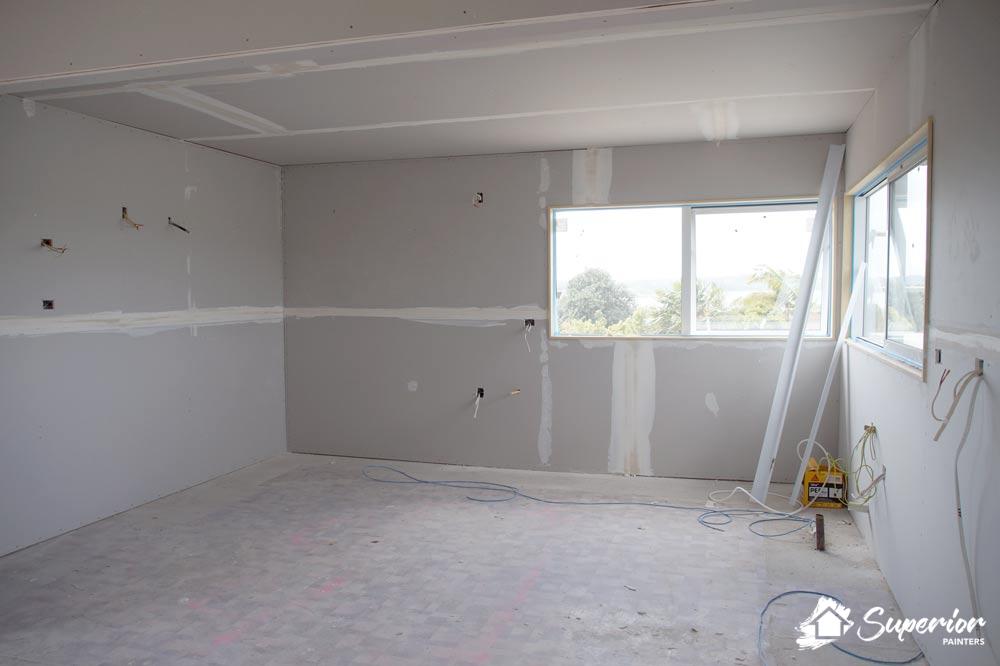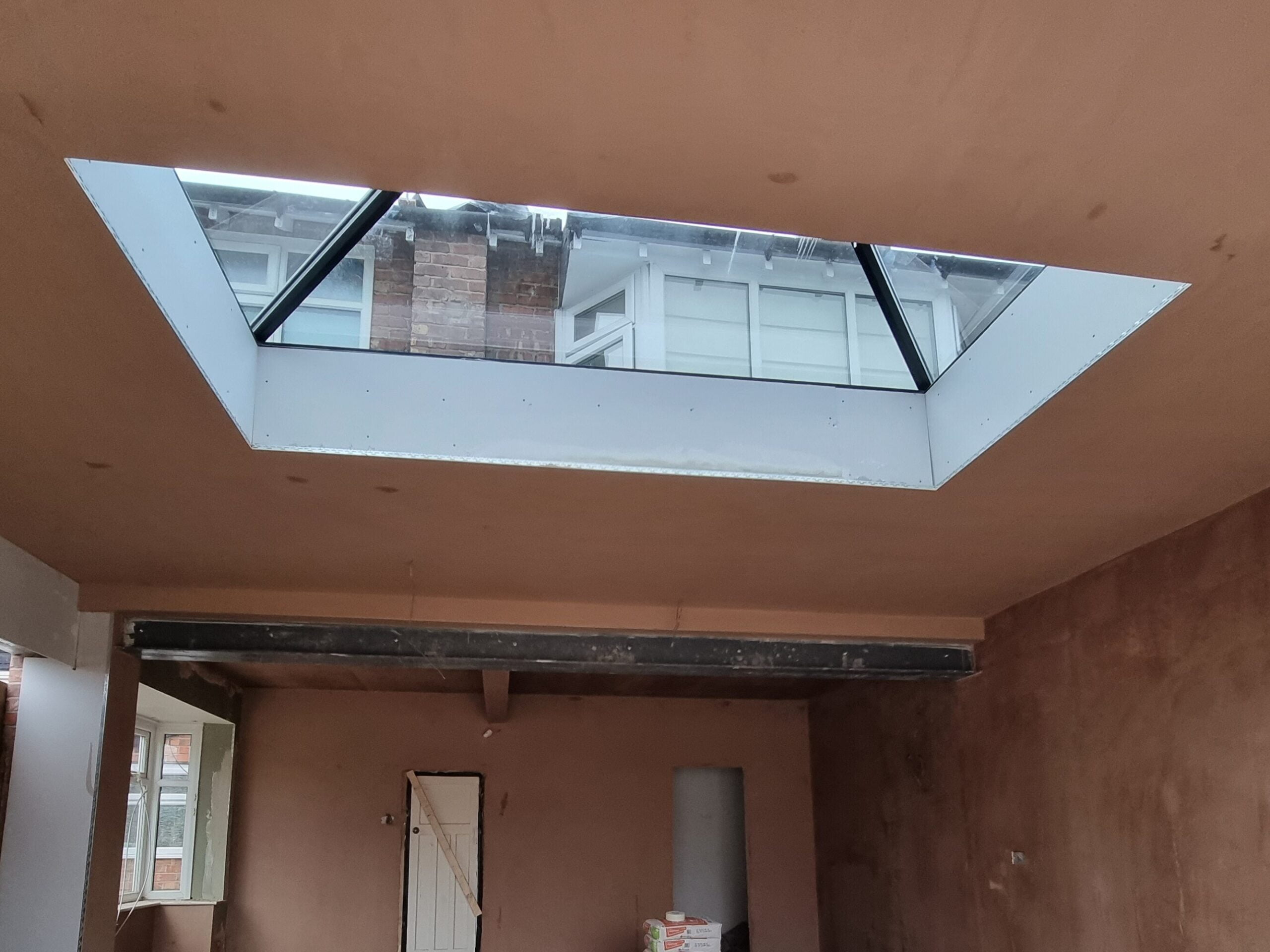Plastering Solutions for Smooth Walls: A Comprehensive Guide
Plastering Solutions for Smooth Walls: A Comprehensive Guide
Blog Article
A Comprehensive Overview to Learning Plastering Abilities for Your Remodelling Needs

Vital Devices and Materials
In the world of plastering, having the right devices and materials is paramount to achieving a remarkable coating. Various crucial devices offer unique objectives, guaranteeing effectiveness and accuracy throughout the plastering process. A top quality trowel, for example, is indispensable for using and smoothing plaster, while a hawk gives a stable platform for holding the material. A joint blade is additionally essential for comprehensive work, particularly in corners and edges.
In addition to tools, selecting the best plastering materials is crucial. Gypsum-based plasters are typically favored for their convenience and simplicity of usage, while cement-based alternatives are optimal for outside applications due to their toughness. Water and bonding representatives play significant functions in attaining appropriate consistency and bond, ensuring that the plaster adheres efficiently to the surface area.
In addition, safety gear such as masks, gloves, and safety glasses is important to secure versus dirt and irritation throughout the application process. By putting together the best combination of tools and products, plasterers can boost their capability and generate high-quality finishes, inevitably boosting the general workmanship of their work.
Preparing Surface Areas for Gluing
Attaining a sturdy and smooth plaster surface starts with careful prep work of the surfaces to be glued. This foundational step is essential to making sure attachment and the long life of the plaster. Begin by assessing the condition of the substratum-- whether it is stonework, drywall, or concrete-- getting rid of any kind of loosened paint, dirt, or debris that may hinder bonding.
Next, repair any blemishes such as fractures or holes. Utilize an appropriate filler to attain a degree surface area; this can be vital for avoiding future concerns. As soon as repaired, ensure the surface is dry and tidy, as wetness can endanger plaster adherence.
For porous surface areas, it is suggested to use a bonding agent. This product enhances adhesion and develops a trusted interface in between the plaster and substratum. If collaborating with previously plastered surfaces, it might be required to scuff or sand the area gently to offer a trick for the brand-new plaster layer.
Smudging Methods and Tips
Grasping gluing techniques requires both ability and practice to achieve a remarkable finish. One important method is the application of the plaster in multiple thin layers, instead than a single thick layer. This method allows for better attachment and that site lowers the risk of cracking. Beginning with a base coat, ensuring it is uniformly spread and leveled with a hawk and trowel. Utilize a straightedge to inspect for any kind of flaws prior to relocating on to subsequent layers.
When applying the coating coat, employ a shoveling method that includes holding the trowel at a slight angle and operating in a circular motion. This assists to produce a smooth surface area and reduces the look of trowel marks. In addition, maintain a spray bottle of water helpful to mist the surface gently; this maintains the plaster convenient and enables smoother ending up.
Timing is crucial; work effectively, as the plaster starts to set. When the plaster has actually tightened but is still moist, utilize a damp sponge to gently smooth the surface further. Finally, enable appropriate drying out time before sanding or paint, ensuring your effort results in an expert, high-grade surface.
Typical Blunders to Avoid

Another common error is applying plaster as well heavily. Excitable applications can cause splitting and prolonged drying times. It's vital to use plaster in thin, also layers, allowing each coat to completely dry properly before adding a lot more.
Additionally, not making use of the right devices can prevent the top quality of the finish. Utilizing unacceptable trowels or mixers can develop disparities in the smudging procedure. Always decide for high-grade devices designed for gluing tasks.
Finally, lots of people ignore the relevance of timing. Working in improper temperature levels or moisture that site degrees can negatively affect plaster treating and drying. It is a good idea to check weather and adapt your schedule as necessary.
Finishing Touches for a Professional Look
The lasts of a gluing task are important for accomplishing a polished, specialist look. When the plaster has dried out adequately, the following step is to examine the surface area for blemishes. Minor bumps, holes, or irregular areas must be addressed utilizing great sandpaper or a sanding block. This meticulous focus to information is necessary for guaranteeing a smooth coating.
After sanding, it's advisable to cleanse the surface to remove any dust and particles. A moist towel works for this function, followed by a thorough drying period. If necessary, applying a slim layer of completing plaster can enhance the surface area additionally, supplying a smooth coating.
Once the completing plaster is dry, an additional round of sanding may be required to accomplish the desired smoothness. Lastly, consider applying a primer prior to paint or wallpapering, which will boost bond and resilience.
Verdict
Grasping smudging skills significantly enhances the top quality of renovation jobs. An extensive understanding of important tools, surface area preparation, and efficient methods is critical for attaining expert outcomes. Awareness of typical mistakes permits for the evasion of expensive errors, while attention to finishing touches makes certain a sleek look. Inevitably, the combination of these components adds to the creation of smooth, durable surfaces that elevate the aesthetic worth of any kind of space, emphasizing the significance of skillful plastering in home enhancement endeavors.
Water and bonding representatives play significant duties in accomplishing appropriate uniformity and adhesion, making certain that the plaster sticks successfully to the surface. Plastering.


Furthermore, maintain a spray container of water handy my explanation to mist the surface lightly; this keeps the plaster workable and allows for smoother ending up. (Plastering)
If needed, applying a thin layer of ending up plaster can boost the surface area better, providing a smooth surface.
Report this page